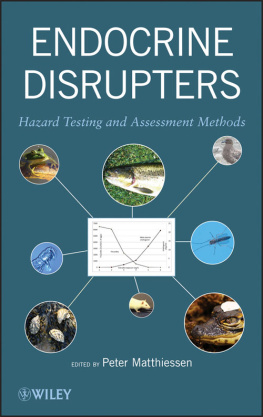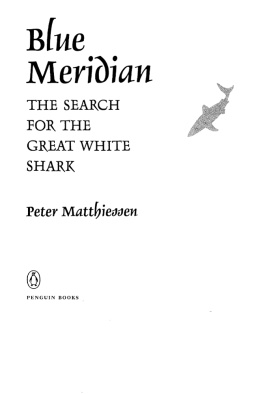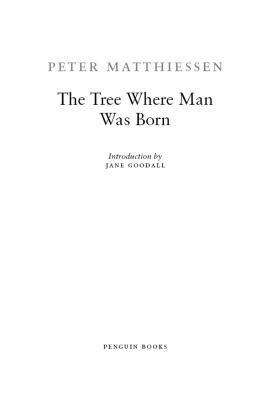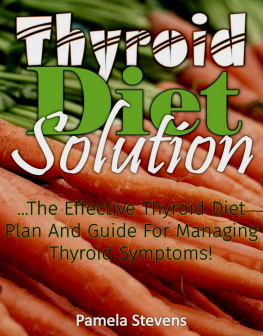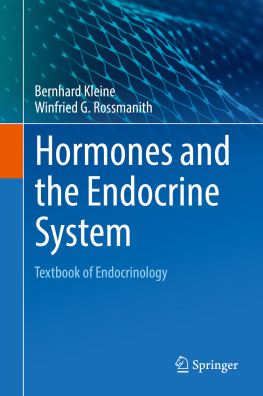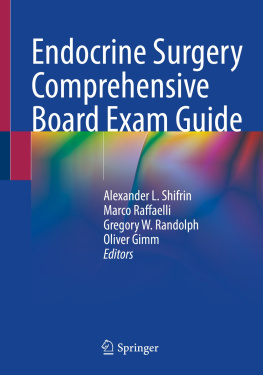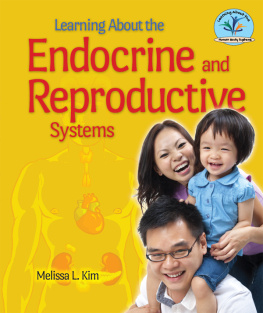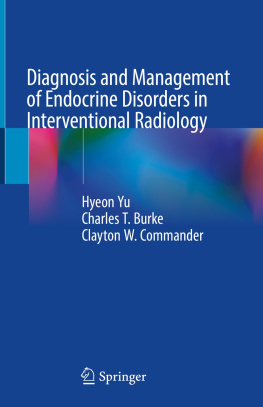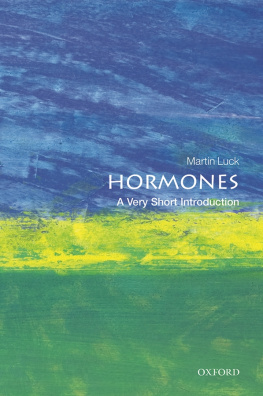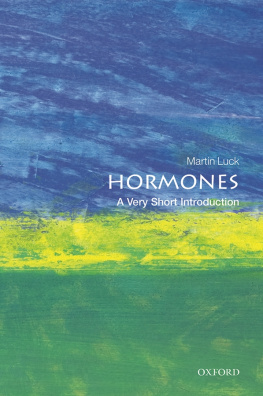Cover photography: Courtesy of Peter Matthiessen and co-authors
Copyright 2013 by John Wiley & Sons, Inc. All rights reserved
Published by John Wiley & Sons, Inc., Hoboken, New Jersey
Published simultaneously in Canada
No part of this publication may be reproduced, stored in a retrieval system, or transmitted in any form or by any means, electronic, mechanical, photocopying, recording, scanning, or otherwise, except as permitted under Section 107 or 108 of the 1976 United States Copyright Act, without either the prior written permission of the Publisher, or authorization through payment of the appropriate per-copy fee to the Copyright Clearance Center, Inc., 222 Rosewood Drive, Danvers, MA 01923, (978) 750-8400, fax (978) 750-4470, or on the web at www.copyright.com . Requests to the Publisher for permission should be addressed to the Permissions Department, John Wiley & Sons, Inc., 111 River Street, Hoboken, NJ 07030, (201) 748-6011, fax (201) 748-6008, or online at http://www.wiley.com/go/permission .
Limit of Liability/Disclaimer of Warranty: While the publisher and author have used their best efforts in preparing this book, they make no representations or warranties with respect to the accuracy or completeness of the contents of this book and specifically disclaim any implied warranties of merchantability or fitness for a particular purpose. No warranty may be created or extended by sales representatives or written sales materials. The advice and strategies contained herein may not be suitable for your situation. You should consult with a professional where appropriate. Neither the publisher nor author shall be liable for any loss of profit or any other commercial damages, including but not limited to special, incidental, consequential, or other damages.
For general information on our other products and services or for technical support, please contact our Customer Care Department within the United States at (800) 762-2974, outside the United States at (317) 572-3993 or fax (317) 572-4002.
Wiley also publishes its books in a variety of electronic formats. Some content that appears in print may not be available in electronic formats. For more information about Wiley products, visit our web site at www.wiley.com .
Library of Congress Cataloging-in-Publication Data:
Endocrine Disrupters: Hazard Testing and Assessment Methods / [edited by] Peter Matthiessen.
p. cm.
Includes index.
ISBN 978-0-470-93209-4 (hardback)
1. Endocrine-disrupting chemicalsToxicity testing. 2. Endocrine-disrupting chemicalsEnvironmental aspects. 3. Endocrine toxicology. I. Matthiessen, Peter.
RA1224.2.E613 2012
615.36dc23
2012015098
PREFACE
The purpose of this book is to describe the state of the art of in vivo ecotoxicological testing methods for endocrine disrupting chemicals. It includes consideration of mammalian methods but addresses in vitro techniques in only a few chapters. The book not only covers methods for all the vertebrate groups as well as several invertebrate phyla but also addresses regulatory issues and possible approaches to hazard assessment and prediction. The book is divided into chapters covering each major taxon as well as the regulatory and hazard assessment topics. Every chapter has been written by acknowledged experts in their respective fields. Furthermore, the main chapters have been subjected to peer review and amended in the light of reviewers comments.
The book does not claim to be exhaustive, although it does provide a helpful route into the subject. This is still a fast-moving field, but the information contained within this volume will be of assistance to scientists involved in testing chemicals for possible endocrine-disrupting properties as well as to regulatory authorities responsible for deciding whether chemicals can be marketed safely. This volume reflects the current (spring 2012) state of knowledge and thus deals largely with those modalities of endocrine disruption that are reasonably well understood and can be broadly categorized as estrogenic, androgenic, thyroidogenic, or steroidogenic (EATS). It must, however, be recognized that environmental chemicals are probably interacting with many other endocrine systems, and as these mechanisms are gradually uncovered, this book will require substantial updating. I nevertheless hope that readers will find this distillation of current knowledge useful and stimulating.
Peter Matthiessen
March 2012
CONTRIBUTORS
Magnus Breitholtz Department of Applied Environmental Science (ITM), Stockholm University, Svante Arrhenius vg 8c, SE-10691 Stockholm, Sweden
Vicki L. Dellarco United States Environmental Protection Agency, 1200 Pennsylvania Avenue, Washington, DC 20460, United States
Tobias Frische Federal Environment Agency (Umweltbundesamt), PO Box 1406, D-06813 Dessau-Rosslau, Germany
John P. Giesy Toxicology Centre and Western College of Veterinary Medicine, University of Saskatchewan, 44 Campus Drive, Saskatoon, SK, S7N 5B3, Canada
Anne Gourmelon Organization for Economic Co-operation and Development, 2 rue Andr-Pascal, F-75775 Paris Cedex 16, France
Louis J. Guillette Jr. Department of Obstetrics and Gynecology, Medical University of South Carolina and Marine Biomedicine and Environmental Sciences, Hollings Marine Laboratory, 96 Jonathan Lucas Street, Charleston, SC 29425, United States
Markus Hecker Toxicology Centre and School of Environment and Sustainability, University of Saskatchewan, 44 Campus Drive, Saskatoon, SK, S7N 5B3, Canada
Thomas H. Hutchinson Centre for Environment, Fisheries and Aquaculture Science, Barrack Road, Weymouth, Dorset DT4 8UB, United Kingdom
Taisen Iguchi Department of Bioenvironmental Research, Okazaki Institute for Integrative Bioscience, National Institute for Basic Biology, 5-1 Higashiyama, Myodaiji, Okazaki Aichi 444-8787, Japan
Flemming Ingerslev Danish Environmental Protection Agency, Strandgade 29, DK-1401, Copenhagen K, Denmark
Paul D. Jones Toxicology Centre and School of Environment and Sustainability, University of Saskatchewan, 44 Campus Drive, Saskatoon, SK, S7N 5B3, Canada
Satomi Kohno Department of Obstetrics and Gynecology, Medical University of South Carolina and Marine Biomedicine and Environmental Sciences, Hollings Marine Laboratory, 96 Jonathan Lucas Street, Charleston, SC 29425, United States
Juliette Legler VU University Amsterdam, Institute for Environmental Studies (IVM), De Boelelaan 1085, 1081 HV Amsterdam, The Netherlands
M. Sue Marty Toxicology and Environmental Research and Consulting, The Dow Chemical Company, Building 1803, Midland, MI 48674, United States
Peter Matthiessen Consultant Ecotoxicologist, Old School House, Brow Edge, Backbarrow, Ulverston, Cumbria LA12 8QX, United Kingdom
Patricia D. McClellan-Green North Carolina State University, Center for Marine Sciences and Technology, 303 College Circle, Morehead City, NC 28557, United States
Jenny Odum Regulatory Science Associates, PO Box 9346, Dunoon, Argyll, PA23 7WR, United Kingdom
Daniel B. Pickford Institute for the Environment, Brunel University, Uxbridge, Middlesex UB8 3PH, United Kingdom
Mike Roberts Department for Environment, Food and Rural Affairs, Nobel House, Smith Square, London SW1P 3JR, United Kingdom
Hans-Christian Stolzenberg Federal Environment Agency (Umweltbundesamt), PO Box 1406, D-06813 Dessau-Rosslau, Germany

